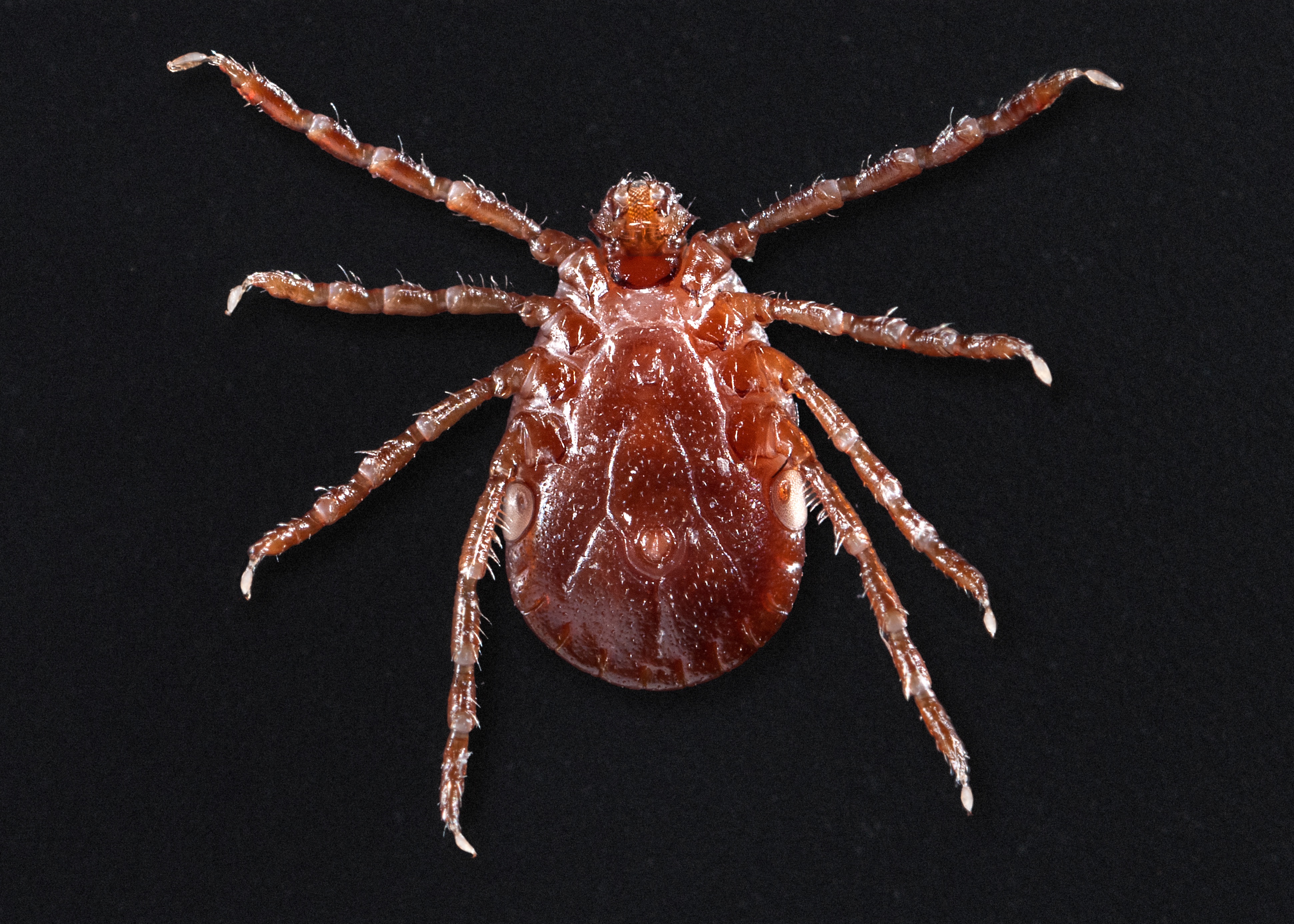Scary 'New' Tick Has US Officials Worried

A species of tick native to Asia is spreading across the United States, according to a new report.
This tick, known as the longhorned tick, or Haemaphysalis longicornis, was first identified in the U.S. in August 2017 when it was found on a sheep in New Jersey, according to the report, released today (Nov. 29) by the Centers for Disease Control and Prevention (CDC).
Since then, the tick has been detected in nine states: New York, Virginia, West Virginia, Arkansas, North Carolina, Pennsylvania, Connecticut and Maryland, the report said. [5 Things to Know About the New Tick Species in the US]
”The presence of H. longicornis in the United States represents a new and emerging disease threat," the report said.
In other parts of the world, longhorned ticks are known to spread diseases, including the bacterial infections babesiosis, ehrlichiosis, theileriosis and rickettsiosis, as well as certain viral diseases. In China and Japan, the longhorned tick transmits a disease called severe fever with thrombocytopenia syndrome (SFTS), which can be deadly.
But whether longhorned ticks in the U.S. can spread diseases is not known, because the types of diseases ticks spread can vary depending on their environment. So far, no cases of disease tied to these ticks have been reported in the U.S., the report said.
Officials are now working with experts in veterinary medicine, agricultural science and public health to better understand the potential impact of the longhorned tick in the U.S.
Sign up for the Live Science daily newsletter now
Get the world’s most fascinating discoveries delivered straight to your inbox.
Indeed, the longhorned tick poses a particular threat to livestock. Unlike most tick species, longhorned ticks can reproduce asexually, and lay massive numbers of eggs. A single female longhorn tick can lay up to 2,000 eggs at a time, the CDC said. Due to these large numbers, longhorned ticks can cause severe infestations in livestock, leading to weakness, anemia or even death in the animals.
The CDC said that critical work is needed to assess the threat of longhorned ticks in the U.S. Researchers need to determine the distribution of the tick in the U.S.; the kinds of pathogens it can carry; how frequently it bites people and animals; and how to effectively control its spread.
- 10 Bizarre Diseases You Can Get Outdoors
- 5 Weird Effects of Bug Bites
- 27 Devastating Infectious Diseases
Originally published on Live Science.

Rachael is a Live Science contributor, and was a former channel editor and senior writer for Live Science between 2010 and 2022. She has a master's degree in journalism from New York University's Science, Health and Environmental Reporting Program. She also holds a B.S. in molecular biology and an M.S. in biology from the University of California, San Diego. Her work has appeared in Scienceline, The Washington Post and Scientific American.










